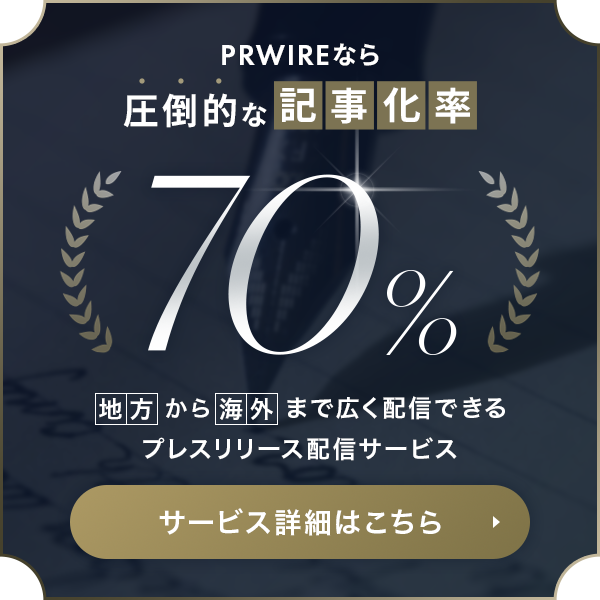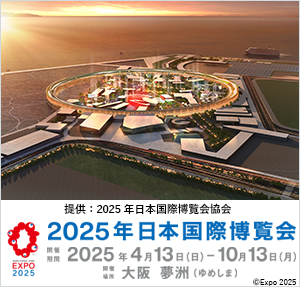China's Hangzhou Sees Urban Development Coordinated with World Heritage Protection
PR84759
HANGZHOU, China, July 14, 2020 /Xinhua=KYODO JBN/--
On July 6, eastern Chinese city of Hangzhou launched the "Hangzhou Liangzhu
Day" and the first Hangzhou Liangzhu Culture Week, which is also the exclusive
festival for the "youngest" (latest selected) of Hangzhou's three world heritages,
according to Hangzhou municipal government.
At the 43rd World Heritage Conference held one year ago in Baku, capital of
Azerbaijan, the Archaeological Ruins of Liangzhu City was included in the World
Heritage List. Hangzhou has decided to set July 6 as "Hangzhou Liangzhu Day"
and June 24 as "Hangzhou West Lake Day". These two days are the dates when the
two renowned sites in Hangzhou were officially included in the World Heritage List.
From the West Lake to the Grand Canal and then to the Archaeological Ruins of
Liangzhu City, Hangzhou already has three world cultural heritages, indicating
that Hangzhou is an ancient city with different cultural heritages demonstrating
the clear and complete context of Chinese history and culture.
In Hangzhou, the three sites are all located in urban development centers. This
also makes Hangzhou pay special attention to citizens' sense of participation
and the symbiosis between human beings and nature in the process of
comprehensive protection of the three world heritage sites. An integrated and
symbiotic protection method that combines cultural heritage, urban development
and urban residents has gradually been formed after years of exploration.
"Liangzhu" means a beautiful continent in water in Chinese. City and water have
always been symbiotic in development. The ancestors who laid the foundation of
the city always lived by water, and Liangzhu ancient city is no exception. The
peripheral water conservancy hub of Liangzhu ancient city is the earliest
large-scale water conservancy project site discovered so far in China. It includes
complicated irrigation systems and agricultural development and maintenance.
It was of amazing significance in an era when human beings had not domesticated horses.
After the inclusion into the world heritage list, it is the common
responsibility of all parties to effectively protect these heritage sites.
"The first priority is to protect, and the second is to share the fruits of
conservation." This is the principle of the management team for the
Archaeological Ruins of Liangzhu City, which is responsible for contacting 24
villages in the reserve during the year to coordinate site protection and life
and production.
At the same time, Hangzhou has set up a "special zone" model for the protection
of large sites, which has maintained the integrity and authenticity of the
sites to the greatest extent, including the construction of the Archaeological
Ruins of Liangzhu City Park. Now the park has preserved and restored the
original wetland ecosystem in a large area and restored the ancient country
style at that time. Moreover, the routine inspection and technological early
warning of 114 square kilometers of heritage areas and buffer zones are
strengthened by means of scientific and technological assistance in data
collection and analysis.
This kind of shared growth and integration between heritage sites and cities,
cities and people have also been shown in the protection of West Lake in
previous generations. Today, when wandering in the mountains and rivers of the
West Lake, the mark of harmonious coexistence between human beings and nature
can be found everywhere.
As early as 13 centuries ago, Bai Juyi, a famous poet and government official
in Hangzhou, built water conservancy projects in Hangzhou, organized people to
raise dams and store water to irrigate farmland. Su Causeway, a famous scenic
spot in the West Lake, is also named in memory of Su Dongpo, a famous Hangzhou
official and writer, who ruled the West Lake 10 centuries ago. Since 2002, the
West Lake, also Hangzhou's most important scenic spot, has become the city's
central park, with more than 130 scenic spots along the West Lake Park open to
the public free of charge.
Park So-Hyun, the chief examiner of the West Lake's world heritage application
and an expert of the International Council on Monuments and Sites (ICOMOS),
marveled at the good coordination of Hangzhou's urban development and lake
protection at the West Lake. She said that the aborigines themselves are the
components of the cultural landscape, and they share the responsibility of
heritage protection with the management team.
The harmonious relationship between Hangzhou and the West Lake has never been
broken since ancient times. Different generations of officials and locals in
Hangzhou have a consensus to return the lake to the people and protect the West
Lake, which is a collective conscious act that has lasted for thousands of years.
In the final analysis, the protection of cultural heritage cannot be separated
from the efforts of city residents. It can be seen that the protection of the
Archaeological Ruins of Liangzhu City and the West Lake has really become
everyone's business in Hangzhou. In the harmonious coexistence of human beings,
nature and cities, and in the continuous protection of cultural heritage, the
philosophy of the Chinese nation, its unique aesthetic taste and traditional
temperament have also been continuously inherited.
Source: Hangzhou Municipal Government
本プレスリリースは発表元が入力した原稿をそのまま掲載しております。また、プレスリリースへのお問い合わせは発表元に直接お願いいたします。
このプレスリリースには、報道機関向けの情報があります。
プレス会員登録を行うと、広報担当者の連絡先や、イベント・記者会見の情報など、報道機関だけに公開する情報が閲覧できるようになります。










